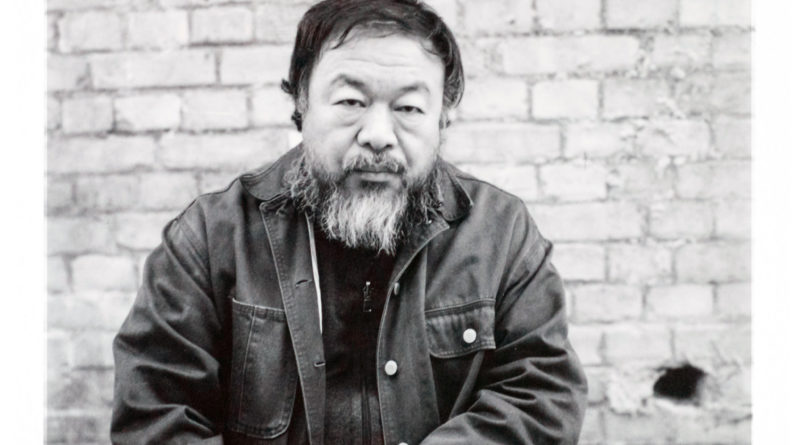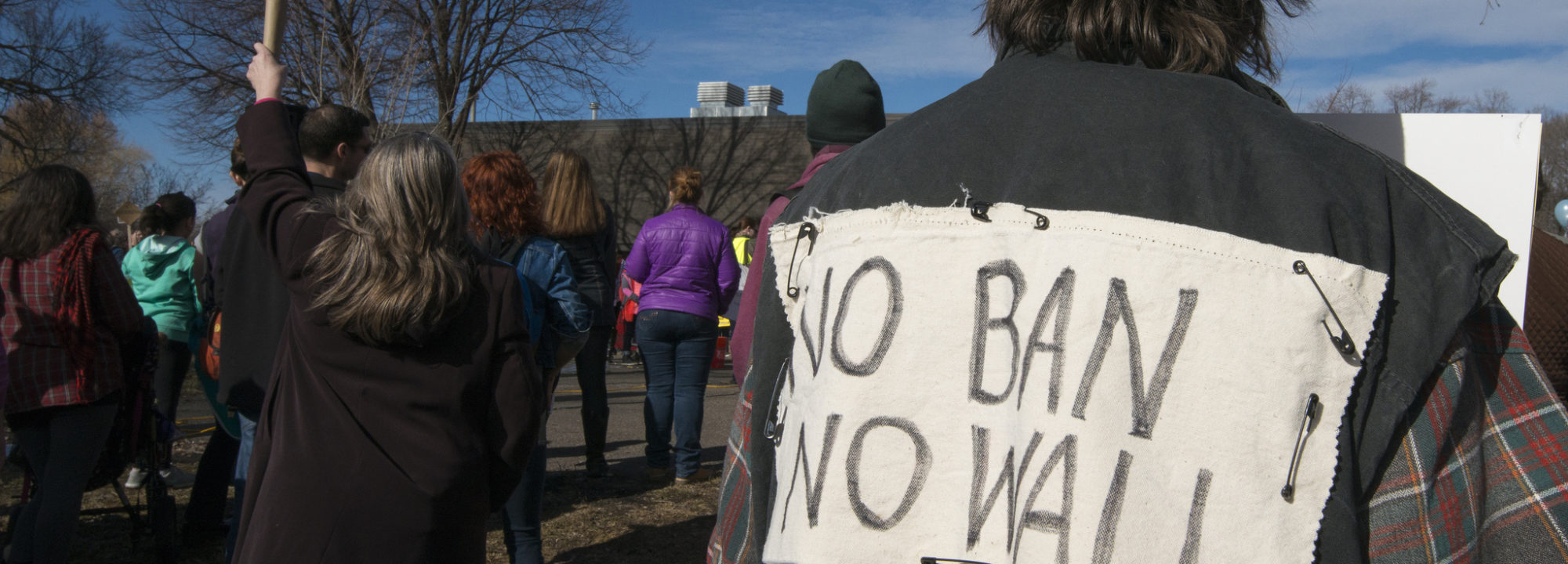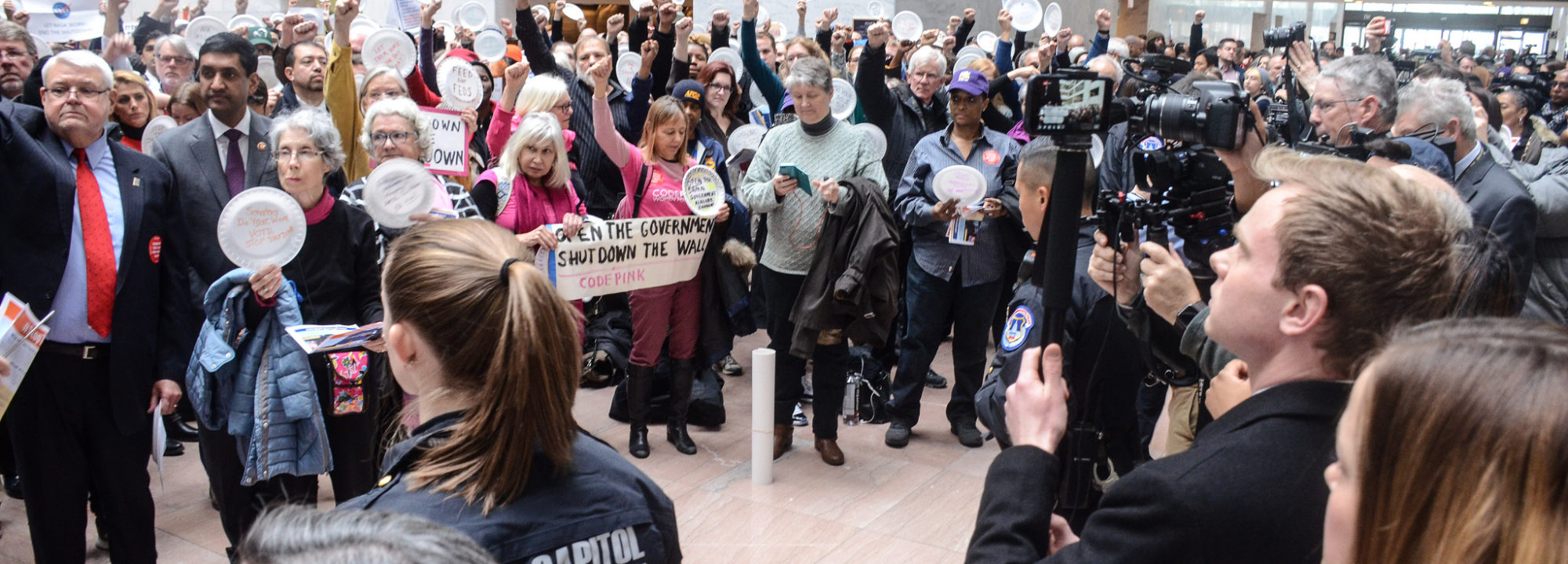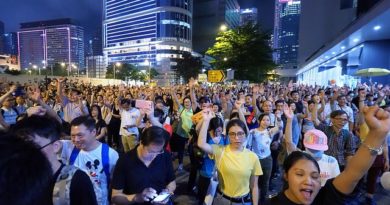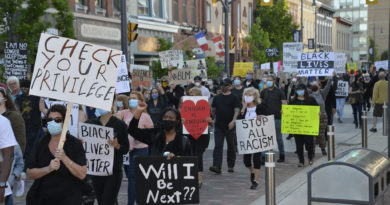Ai Weiwei’s Gilded Cage and the U.S.-Mexico Refugee Crisis
Ai Weiwei’s activism is what literally may be called art diplomacy: through his works, the Chinese dissident communicates the importance of being committed to contemporary politics and governments.
America will never be destroyed from the outside. If We falter and lose our freedoms, it will be because We destroyed ourselves
– Abraham Lincoln
In 2015, Donal Trump cited Abraham Lincoln’s quotation in one of his tweets – how times go by.
At the time, Donald Trump was not President of the United States, yet thought to carry on with his undisputed extravagance writing own health letter, in which he described his physical strength as “extraordinary.”
However, the fact to bear in mind is that Donald Trump has been elected President of the United States – and he is, seriously!

Arguably, you may wonder what the current American President has to do with the most famous Chinese activist, artist and dissident, Ai Weiwei.
Well, if you have the pleasure of spending five minutes of your time reading my words, I will illustrate the logical link…
Have you ever thought what refugees feel in front of a wall, facing the deprivation of his/her human rights?
Probably not because days are getting frenzied and you have to keep pace with them, if you want to move forward.
You may argue that, nowadays, stopping yourself for a moment and thinking about what is going on is just a secondary option – supposing that you are still able to dedicate some of your time to this human gift.
However, suppose for a moment to think about all those people who do not have a choice.
An option.
An escape route, except the one of endangering one’s life in order to pursue a dream, an opportunity.
So here we come to Ai Weiwei‘s art as means of raising public awareness about the refugee crisis and human rights protection.
The Gilded Cage is one of his most prestigious, powerful and symbolic works created by the contemporary Chinese artist who is also a designer, architect, director, intellectual dissident and human rights activist. The sculpture was exhibited in the garden of the historical Palazzo Franchetti, in Venice, Italy, from May 24 to November 25, 2018.
The project was sponsored by the Berengo Foundation and the European Inter-University Centre for Human Rights and Democratisation (EIUC), and it allowed the public to experience the power of sculpture by walking through the turnstiles of Ai Weiwei’s Gilded Cage.
Precisely, The Gilded Cage, a 7.30-meter-high sculpture, belongs to the series of multimedia installations Good Fences Make Good Neighbors, first created by the Public Art Fund for the entire city of New York.

In New York, Ai Weiwei’s imposing sculpture was located at the southeast entrance to Central Park. The aim was the creation of an enormous pavilion composed of an inner circle – inaccessible to the public – enclosed by thousands of metal bars. A small section of the sculpture’s inner circle was instead made accessible to visitors, so that spectators could walk into the heart of the cage.
As Jason Farago, an art critic of The New York Times, maintained in his 2017 article “From China’s Artist-Activist, a Citywide Great Wall,” the Gilded Cage had the shape of a shiny gold pergola and, when looking at its central circle, spectators could perceive its symmetry, which was interrupted by turnstiles similar to those of the New York subway or the U.S. border crossing with Mexico.
Consequently, repeated forms were loaded with historical or political allusions to convey an emotional shock. Its golden color was a clear reference to the President of the United States, Donald J. Trump, whose namesake tower, the Trump Tower, was located nearby, in the City of New York.
As a matter of fact, The Gilded Cage represents Ai Weiwei’s ability to convey political and social messages through his art. He is a contemporary artist, a genuine and passionate activist seeking eternal freedom for human rights through his artworks.
Ai Weiwei’s notoriety exploded in 2011, when he was arrested because of the Chinese government’s crackdown on bloggers, activists and writers. At the time, many social medias activists and writers were accused of conspiring for a supposed “Chinese spring.” Clearly, Ai Weiwei was the most active, influential and feared personalities of Twitter: in fact, he was detained for 81 days, until he was released on bail in view of President Wen Jiabao’s trip to Europe.
Despite all opposition, Ai continued to spread the importance of freedom of speech and the protection of human rights worldwide through his works. His endeavor is significant when considering the recent clashes occurred between the United States and Mexico over the construction of a wall that will divide their border crossing.

And The Gilded Cage perfectly represented Ai’s commitment to the U.S.-Mexico refugee crisis.
By adopting fences, Ai Weiwei’s aim was to represent today’s political turmoil because “Fences or territories always relate to us and our attitude toward others,” as he declared to The Guardian, in October, 2017.
Furthermore, according to Ai: “In the US, there are policies to limit refugees and trying to push away people who made a great contribution to society, trying to build a wall between US and Mexico, which is an unthinkable policy. There is no tolerance, it’s divided and trying to separate us by color, race, religion and nationality. It’s going backwards against freedom, humanity and our understanding of our time.”
As a result, Ai Weiwei’s activism is what literally may be called art diplomacy: through his works, the Chinese dissident communicates the importance of being committed to contemporary politics and governments. His struggle wants to be a collective fight to avoid what Abraham Lincoln once said to his fellow Americans, “If We falter and lose our freedoms, it will be because We destroyed ourselves.”
According to the Chinese artist, Western governments should collaborate in order to engage China in the creation of a more democratic structure for the protection of human rights, thus limiting Beijing’s repression faced by Chinese activists. However, this attitude has to be put forth even by Western powers, especially in the light of the current refugee crisis involving the United States and Mexico.
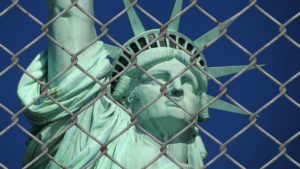
Therefore, The Gilded Cage represented Ai Weiwei’s storytelling about the importance of being committed in the current humanitarian crisis that is now affecting the United States under President Trump.
Clearly, Ai Weiwei’s purpose is twofold: on the one hand, he used The Gilded Cage to criticize Donald Trump’s political views and policies about his wall against Mexico; on the other hand, the sculpture symbolized the current struggle humanity is experiencing, being pursued by policies of exclusion, which inevitably lead to racism, distrust, and social injustice.
Thus, in Ai Weiwei’s mind, The Gilded Cage conveyed the perfect example of this collective struggle.
As for the movement of refugees from Mexico to the United States, it is important to remark that the phenomenon is not new, and that it has for a long time been driven by low-skilled and unauthorized workers seeking economic opportunities in the United States.

In fact, the United States represents the major destination for Mexican emigrants pursuing higher standard of living and job opportunities. According to a mid-2017 survey by the United Nations Population Division, it has been estimated that 37% of Mexican emigrants lived in California, followed by 22% in Texas and 6% in Illinois. Having a closer look to the data, Mexican immigrants–aged 16 and over–have more chances to be employed in construction, natural resources, maintenance and service occupations, production and transportation, and so on.
However, Mexican earn lower incomes than the overall foreign–and native–born populations. In fact, as analyzed by the Migration Policy Institute (MPI) in 2017, households headed by a Mexican immigrant reached a median income of $44,700, compared to $56,700 of all immigrant households, and $60,800 of U.S.-born households.
But here is the thing: actually, it was during the presidency of the Democrat Bill Clinton that the construction of a wall along the U.S.-Mexico border begun, in 1994. When the North American Free Trade agreement (NAFTA) between the United States, Canada and Mexico came into force, it led to the free movement of capital and capitalists, but blocked the entry of Mexican workers into the United States and Canada. In turn, this created a pool of cheap labor, giving thousands of American industrial plants along the border in Mexican territory higher profits due to the lower cost of Mexican labor – and other benefits.
Consequently, the flood of cheap American and Canadian agricultural products into the Mexican market had a negative effect, leading to the collapse of the Mexican agricultural production, further exacerbated by tremendous social consequences.
At this point, the questions we need to ask ourselves are: Is President Trump’s crusade to build the wall along the U.S.-Mexico border worthy – or, in recalling Ai Weiwei’s art – is Trump’s Gilded Cage against Mexico humanly righteous?
The questions arise spontaneously, especially after two young migrants died in Border Patrol custody, given President Trump’s family separation policy or the recent shutdown, which blocked all federal activities leaving thousands of workers without paycheck.
Moreover, in an extraordinary YouTube video, the former Mexican President Vincent Fox released an important message to President Donald Trump, inviting him to use the current $25million destined to his “stupid, useless, racist monument” for better options.
Accordingly, given the logical link between President Trump and Ai Weiwei, I don’t know what is your thought after my words, or if we will ever have a final answer to the above questions.
However, I tend to think that the entire U.S.-Mexico border will look like an impressive Gilded Cage, neglecting people’s human rights.
_______________________________________________________________________________________________________________
Cover Image: Ai Weiwei by Alfred Weidinger. Used under CC BY 2.0.
Video: The Gilded Cage by Ai Weiwei arrives in Venice – Berengo.com YouTube channel

